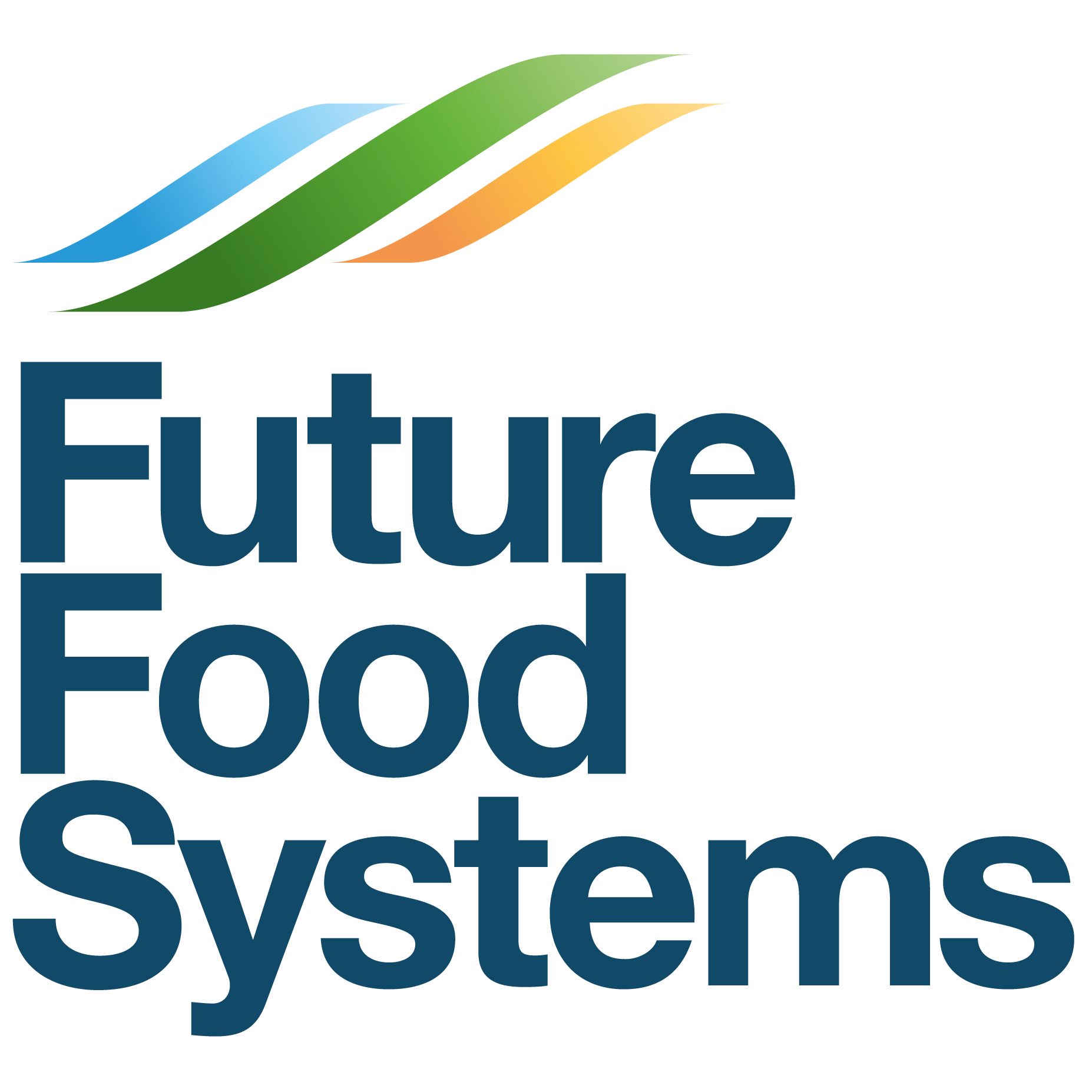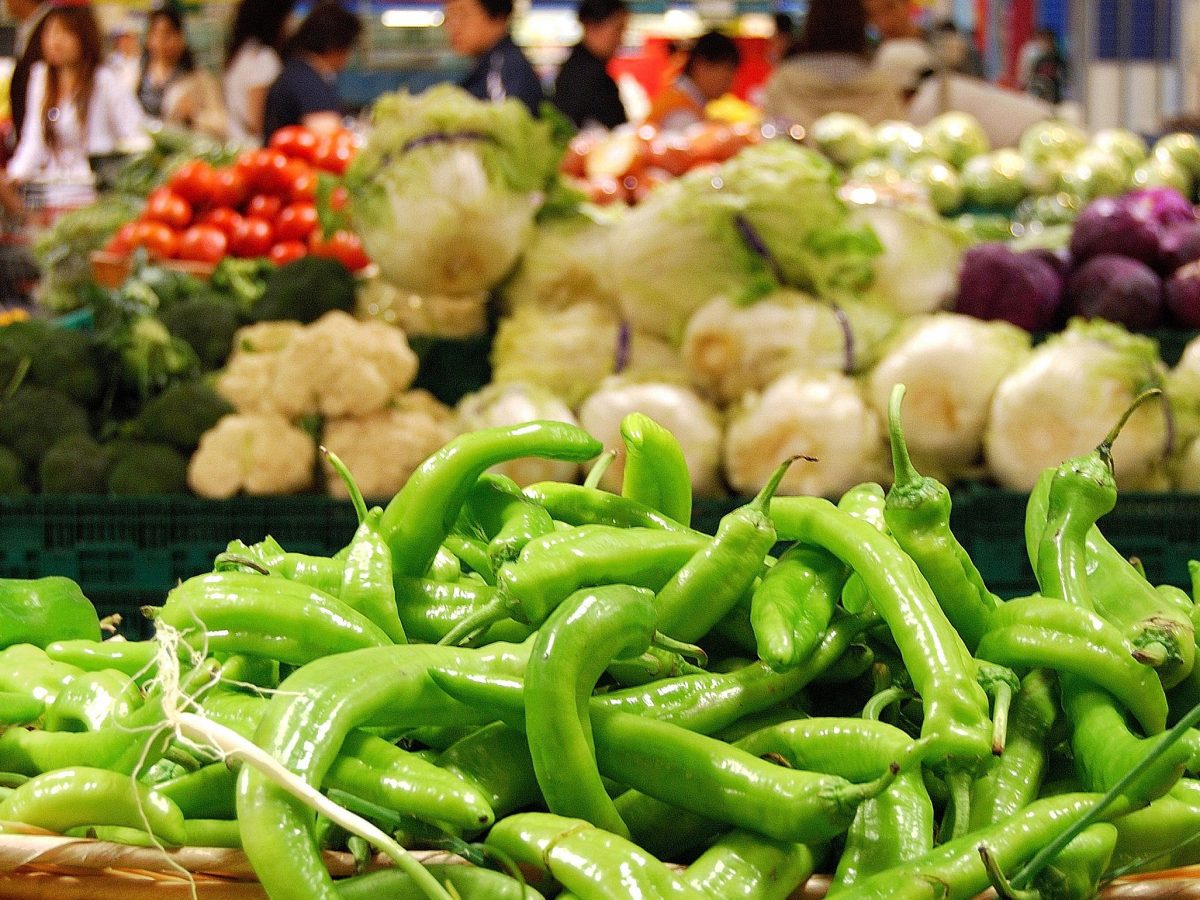Responding to the supply chain shocks that led to food shortages and spoilage in some areas during COVID-19 outbreaks, China has been building modern indoor cropping facilities on the outskirts of megacities nationwide. Typically collaborative ventures between Chinese property firms and greenhouse companies from the Netherlands, the new facilities deploy the latest technology to manage largely automated, highly efficient systems that produce tonnes of fresh vegetables, minus pesticides and within easy access of millions of affluent consumers.
In 2020, according to consultancy Richland Sources, the area used for glass greenhouses grew 28 per cent, nearly five times the 5.9 per cent it rose in 2019 (and much more than the six per cent growth in area occupied by plastic greenhouses in 2020). While historically, China’s vegetable production was concentrated in certain areas, requiring complex cold-chain logistics networks to reach city wholesale markets, the vulnerability of that hub-centric system became apparent last year.
More high-tech glasshouses are planned for China’s key cities: a recent government document shows that Beijing alone aims to more than double its ‘high-efficiency facility agriculture land’ to more than 300 hectares by 2025.
China is already the world’s top vegetable producer, accounting for 75-plus per cent of global output of asparagus, cucumbers, green beans and spinach.
Source: Why high-tech greenhouses are popping up near Chinese megacities I Inside FMCG

